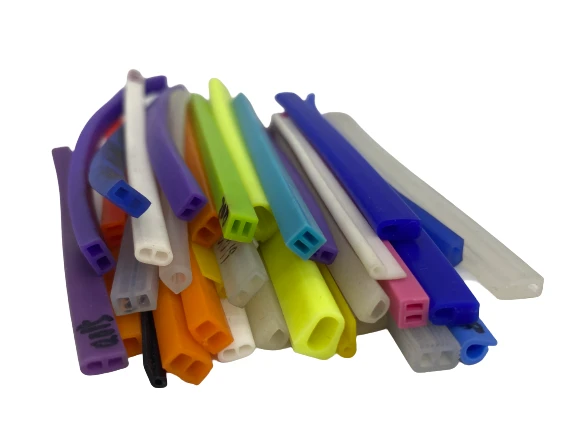Nov . 19, 2024 03:04 Back to list
rubber seal under door
The Importance of Rubber Seals Under Doors
When it comes to home maintenance and energy efficiency, one often overlooked yet vital component is the rubber seal under a door. These seals, frequently referred to as door sweeps or weatherstripping, play a crucial role in creating a comfortable and energy-efficient living environment. This article explores the significance of rubber seals, their benefits, and how to install them properly.
What is a Rubber Seal?
A rubber seal is a flexible piece of material, typically made from rubber or a similar synthetic material, that is affixed to the bottom of a door. Its primary purpose is to close the gap between the door and the floor, preventing air, dust, and water from passing through. Available in various sizes and shapes, these rubber seals are designed to fit different types of doors, ensuring a snug fit.
Benefits of Using Rubber Seals
1. Energy Efficiency One of the most significant advantages of installing rubber seals under doors is enhanced energy efficiency. By minimizing drafts, these seals help maintain consistent indoor temperatures, reducing the need for heating in the winter and cooling in the summer. This translates to lower energy bills and a smaller carbon footprint, making it an eco-friendly choice.
2. Noise Reduction Rubber seals also contribute to noise reduction within a home. They act as sound barriers, diminishing the transmission of noise from outside and between rooms. This can be particularly beneficial in urban environments or in homes with family members who have different schedules.
3. Pest Control Gaps under doors can serve as entry points for insects and small rodents. By installing a rubber seal, you create a barrier that helps keep unwanted pests out of your home, contributing to a cleaner and healthier living space.
4. Preventing Water Intrusion In areas prone to heavy rain or flooding, rubber seals can be invaluable. They help keep water from seeping through gaps, potentially preventing damage to flooring and interior furnishings.
5. Improved Indoor Air Quality Drafts can pull outdoor pollutants and allergens into your home. A rubber seal under your door can help mitigate this issue, promoting better indoor air quality for you and your family.
rubber seal under door

Installing Rubber Seals
Installing a rubber seal under a door is a straightforward process that can be accomplished with minimal tools. Here’s a step-by-step guide
1. Measure the Door Width Start by measuring the width of the door to determine the length of the rubber seal needed.
2. Choose the Right Seal Select a rubber seal that fits your door type and the size of the gap. There are different styles available, such as flat, U-shaped, or L-shaped seals.
3. Prepare the Door Surface Clean the area where the seal will be installed to ensure proper adhesion. Remove any old weatherstripping or debris that may hinder the new seal.
4. Cut the Seal to Size If necessary, cut the rubber seal to match the width of the door.
5. Install the Seal Follow the manufacturer's instructions for installation. Most rubber seals come with adhesive backing that can be pressed into place. For added security, you may decide to use screws or nails.
6. Test the Seal After installation, check for any gaps by closing the door. Adjust as necessary to ensure a tight seal.
Conclusion
In conclusion, rubber seals under doors are a simple yet effective solution to enhance your home’s energy efficiency, comfort, and safety. By investing in this small but significant home improvement, you can enjoy a myriad of benefits that improve your living experience. Whether you’re looking to minimize energy costs, reduce noise, keep pests out, or prevent water damage, a rubber seal is undoubtedly a wise addition to your home.




